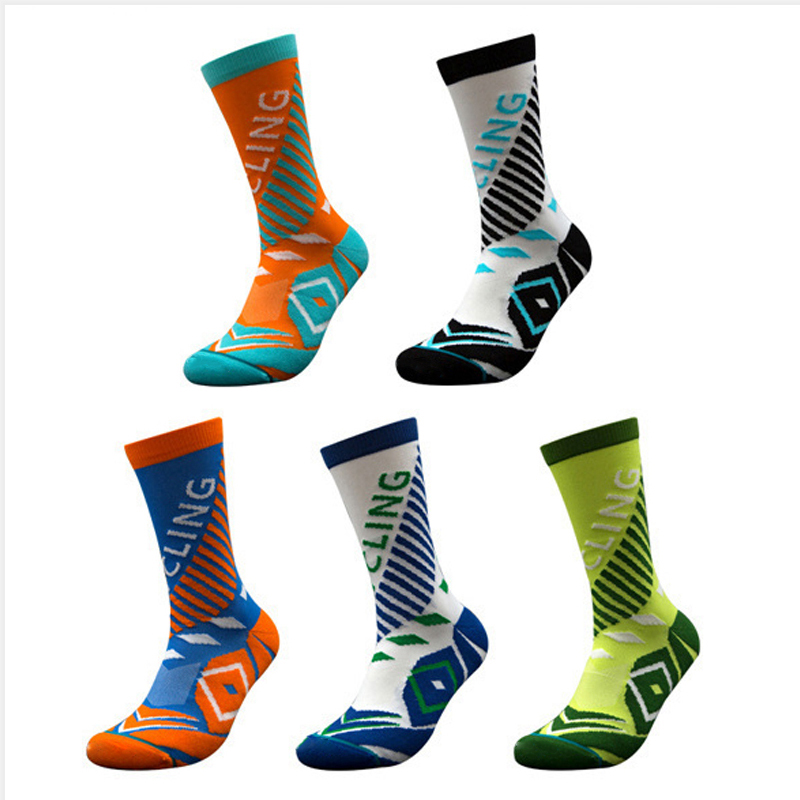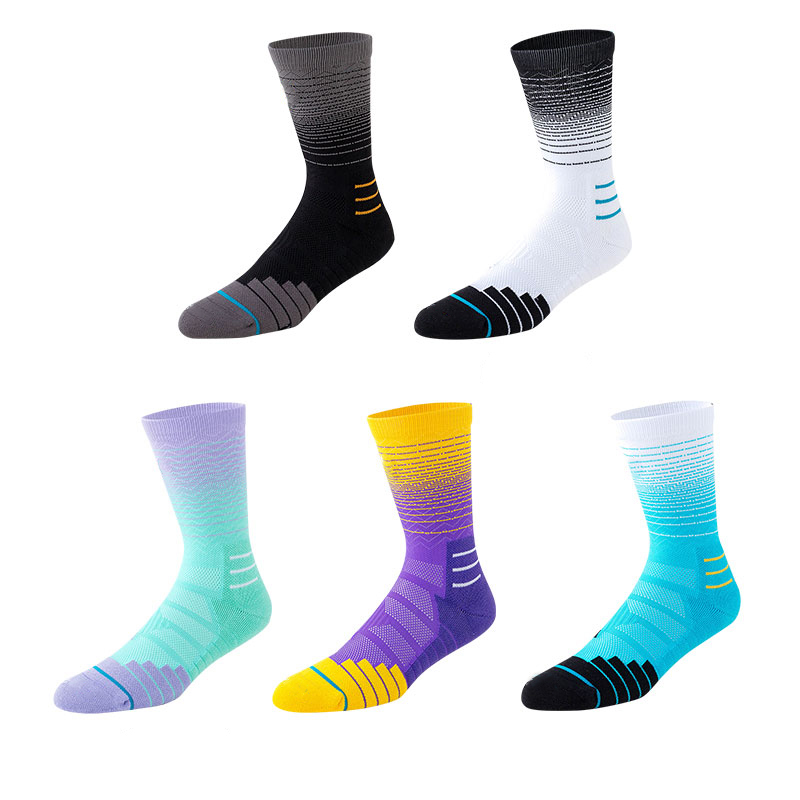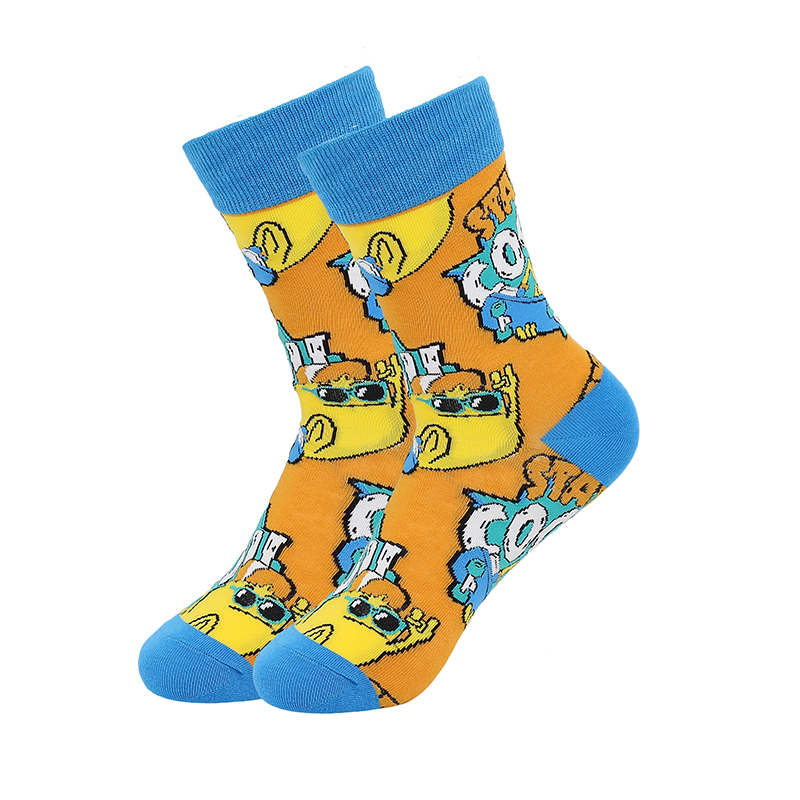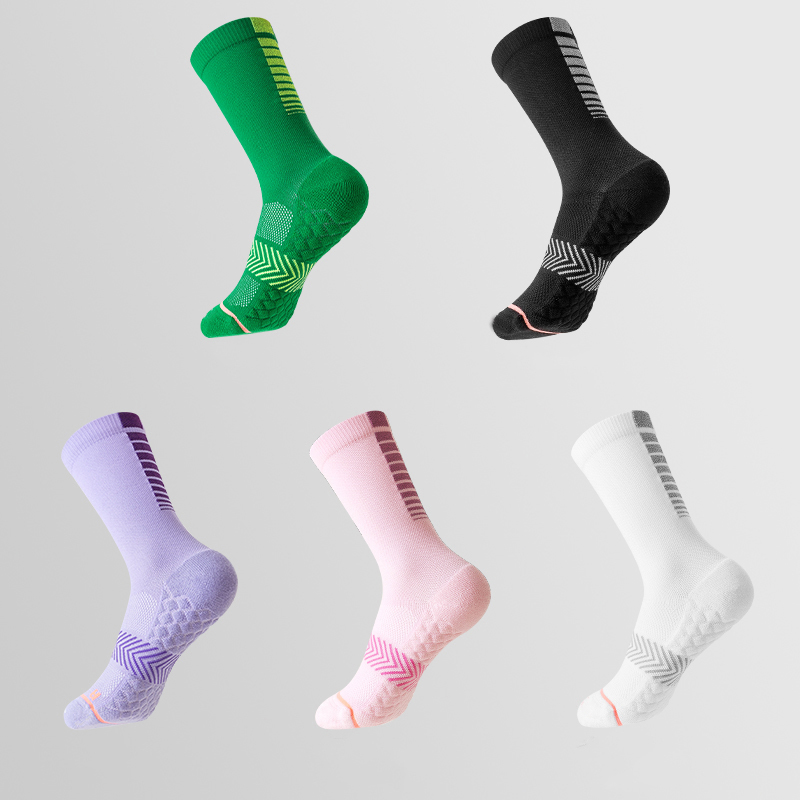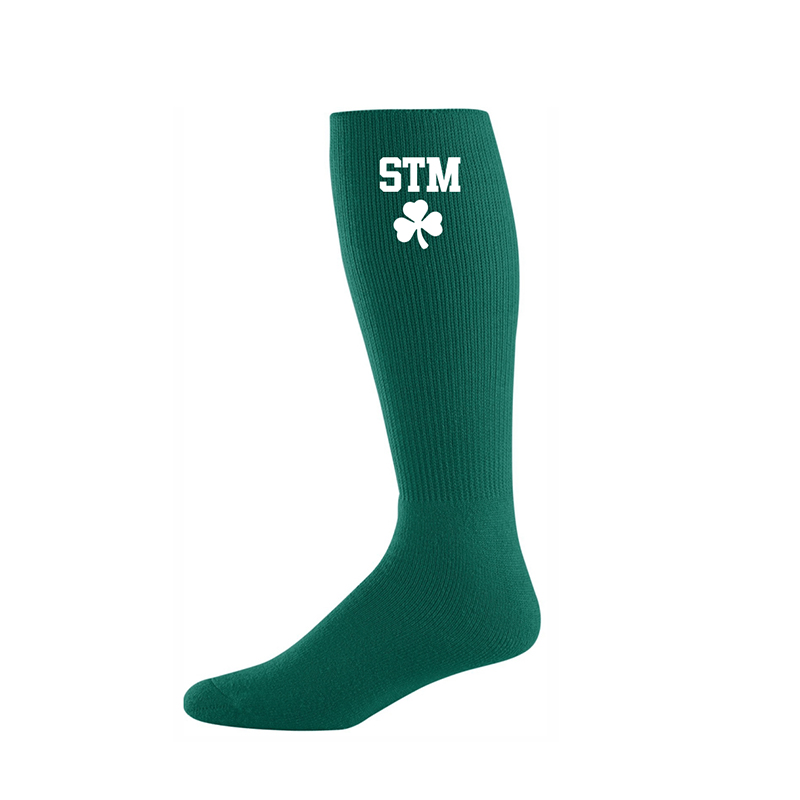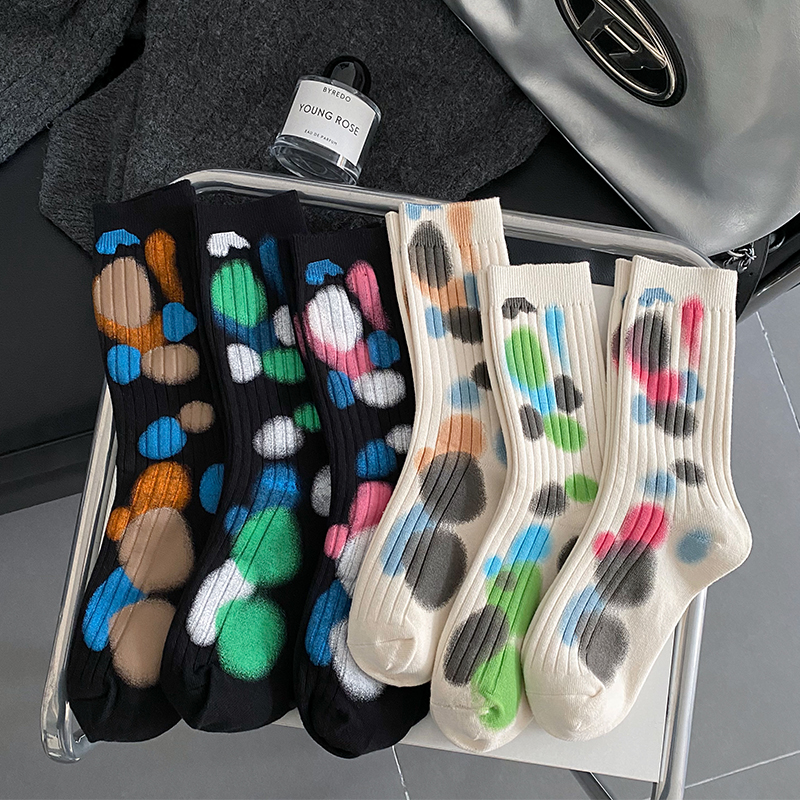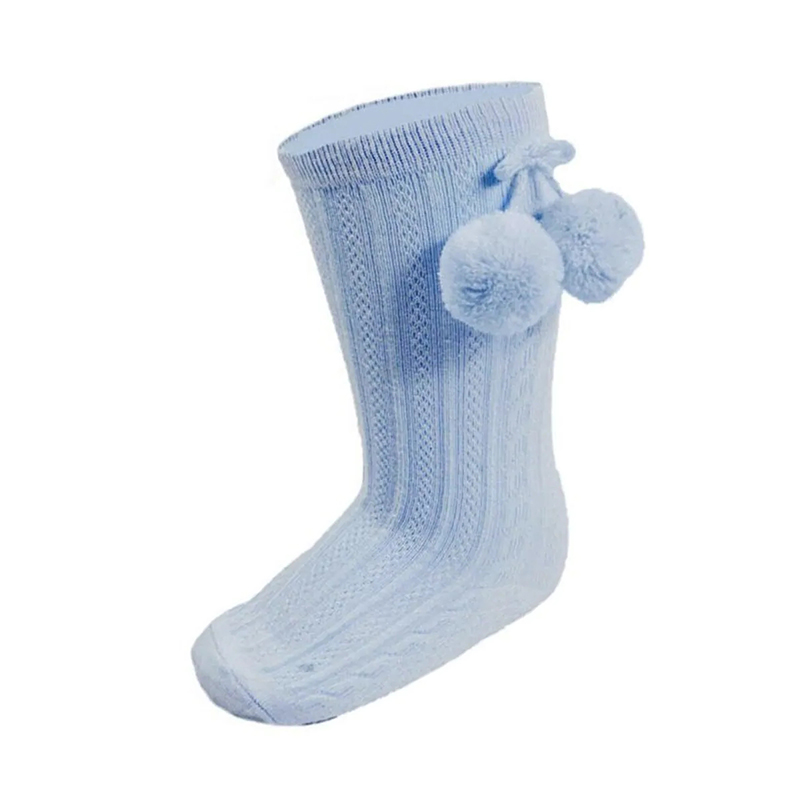Flat-Knitted Socks face quality control challenges that are fundamentally different from those of Circular-Knitted Socks, primarily due to their unique flat panel construction and subsequent seaming process. These defects often arise from the Increase/Decrease shaping on the Flat Knitting Machine, fluctuations in Tension during the reciprocating motion of the yarn, and issues during the final Seam creation. Professional identification and analysis of these defects are crucial for ensuring the flat-knitted sock's Structural Stability and Wearing Comfort.
The following sections detail the most common quality defects in flat-knitted socks across four professional areas: knitting, sizing, appearance, and structure.
I. Loop Structure Defects in the Knitting Process
Inconsistent yarn Tension during the reciprocating movement of the flat knitting machine makes the loop structure susceptible to non-uniformity.
1. Barriness / Course Irregularity
- Defect Appearance: Horizontal, periodic, or irregular stripes, shading, or density differences across the sock panel.
- Professional Analysis: This is a common tension issue in flat knitting. The Yarn Feeding Tension, Take-down Tension, and friction between the yarn and needle bed are difficult to maintain perfectly consistent between the forward and reverse passes of the machine carriage. Minor deviations in Stitch Size (especially near shaping points) accumulate, leading to visible striping or color variation.
2. Needle Lines / Vertical Stripes
- Defect Appearance: Continuous, fine vertical lines or streaks running lengthwise down the sock panel.
- Professional Analysis: Often caused by mechanical issues with a single or a few Knitting Needles. Wear, deformation, or dirt accumulation on the needle hook or latch causes the loops formed by that needle to be Too Tight or Too Loose. This is particularly noticeable on flat-knitted panels requiring high stitch density.
3. Holes and Dropped Stitches
- Defect Appearance: Small holes or vertical ladder-like gaps caused by loop run-off on the fabric surface.
- Professional Analysis: Dropped Stitches frequently occur during the Transfer Stitch, Increase/Decrease operations, or due to yarn feeding issues. Poor yarn quality (knots, slubs) or improper synchronization between the needle and the sinker can cause the loop to break or slip off during formation.
II. Dimensional and Shaping Defects
The core value of flat-knitted socks lies in their precise Anatomical Shaping, making Dimensional Stability paramount.
4. Shaping Deviation
- Defect Appearance: The width or length of shaped areas like the Heel, Toe, or ankle deviates from design specifications, impacting fit.
- Professional Analysis: Flat knitting relies on precise control of Transfer Stitches and Short-row techniques. Any fluctuation in Course Density or Wale Density will lead to dimensional error. For example, variations in the yarn's Friction Coefficient can directly affect the loop shrinkage rate, causing inaccuracies in the heel pocket or toe length.
5. Ribbing Failure (Insufficient Elasticity or Over-Relaxation)
- Defect Appearance: The cuff/ribbing lacks sufficient Resilience, causing the sock to slide down, or is excessively tight, hindering donning/doffing.
- Professional Analysis: Rib knitting on a flat machine involves Double Needle Bed operation. If the Pre-tension of the elastic yarn (Elastane/Spandex) is incorrect, or the Longitudinal Tension of the rib structure is poorly controlled, the Shrinkage Rate of the rib in its relaxed state will fail to meet standards.
6. Dimensional Shrinkage and Distortion
- Defect Appearance: Significant deviation in sock length and width after washing or Boarding, exceeding tolerance.
- Professional Analysis: Flat-knitted panels retain a high amount of Residual Stress after knitting. If the post-treatment process—including Steam Setting Temperature, Boarding Time, or mechanical force—fails to properly release or rebalance these stresses, the Dimensional Stability is compromised, especially in natural fiber blends.
III. Seaming and Edge Defects
The Seam is the defining feature of flat-knitted socks and a critical quality risk point.
7. Uneven Seam / Puckering
- Defect Appearance: Visible Stretching Marks, Concavities, or Convexities along the seam line (body, sole, or toe).
- Professional Analysis: Even with professional Mattress Stitch or Linking Machine techniques, puckering results if the Loop Alignment at the edge is imprecise, or if the seam thread Tension does not match the fabric's Modulus of Elasticity. This causes Stress Concentration at the seam line, significantly impacting comfort.
8. Seam Burst / Splitting
- Defect Appearance: The seam thread breaks upon wearing or stretching, causing the sock body to split open.
- Professional Analysis: This indicates insufficient Seam Strength. Possible causes include: The sewing thread Denier or Strength is too low; the Stitch Length is too large for secure connection; or incorrect tension was applied in high Flexural Stress areas like the heel and toe.
9. Edge Looping / Fraying
- Defect Appearance: Loops easily slip off or unravel at the cuff or the start/end points of the seam.
- Professional Analysis: Flat-knitted panels require a proper Bind-off at the edges. If the tension control during bind-off is inadequate, or the Edge Locking process used for seaming is poor, the loose loop structure at the edge becomes a weak point prone to unravelling.

 English
English
 Español
Español
